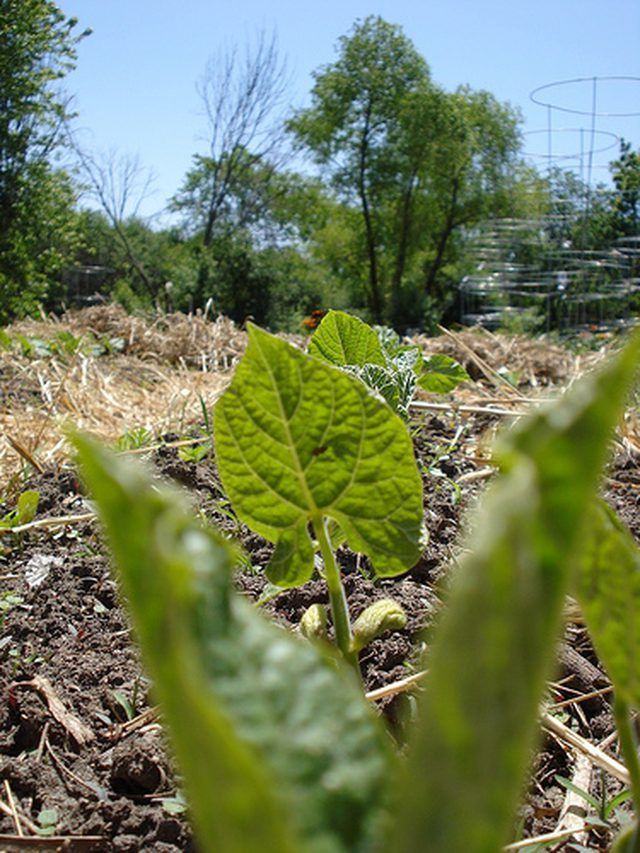Bulbs
Flower Basics
Flower Beds & Specialty Gardens
Flower Garden
Garden Furniture
Garden Gnomes
Garden Seeds
Garden Sheds
Garden Statues
Garden Tools & Supplies
Gardening Basics
Green & Organic
Groundcovers & Vines
Growing Annuals
Growing Basil
Growing Beans
Growing Berries
Growing Blueberries
Growing Cactus
Growing Corn
Growing Cotton
Growing Edibles
Growing Flowers
Growing Garlic
Growing Grapes
Growing Grass
Growing Herbs
Growing Jasmine
Growing Mint
Growing Mushrooms
Orchids
Growing Peanuts
Growing Perennials
Growing Plants
Growing Rosemary
Growing Roses
Growing Strawberries
Growing Sunflowers
Growing Thyme
Growing Tomatoes
Growing Tulips
Growing Vegetables
Herb Basics
Herb Garden
Indoor Growing
Landscaping Basics
Landscaping Patios
Landscaping Plants
Landscaping Shrubs
Landscaping Trees
Landscaping Walks & Pathways
Lawn Basics
Lawn Maintenance
Lawn Mowers
Lawn Ornaments
Lawn Planting
Lawn Tools
Outdoor Growing
Overall Landscape Planning
Pests, Weeds & Problems
Plant Basics
Rock Garden
Rose Garden
Shrubs
Soil
Specialty Gardens
Trees
Vegetable Garden
Yard Maintenance
How Long Does it Take to Grow a Bean Plant?
How Long Does it Take to Grow a Bean Plant?. Bean plants are easy to grow and provide plants relatively fast. They come in both bush and vine varieties and require full sun exposure to grow properly. As one of the oldest cultivated vegetables, beans are incredibly adaptable, and are a staple in many cuisines around the world.

Bean plants are easy to grow and provide plants relatively fast. They come in both bush and vine varieties and require full sun exposure to grow properly. As one of the oldest cultivated vegetables, beans are incredibly adaptable, and are a staple in many cuisines around the world.
Time Frame
On average, it takes bean plants two months to produce beans and fully mature, but time can vary from 45 to 75 days, depending on the climate.
Types
Beans can either be shell, snap or dry, depending on when they are picked, with the most common being snap.
Geography
A soil warmth of 65 to 70 degrees F is ideal for planting bean plants, and most hardiness zones can accommodate growth.
Identification
When the beans are ready to be harvested, they will be crisp and snap easily before any bulging is noticeable on the pod.
Considerations
A well-fertilized soil will result in a better bean harvest, but as legumes, beans do not need nitrogen fertilizers.